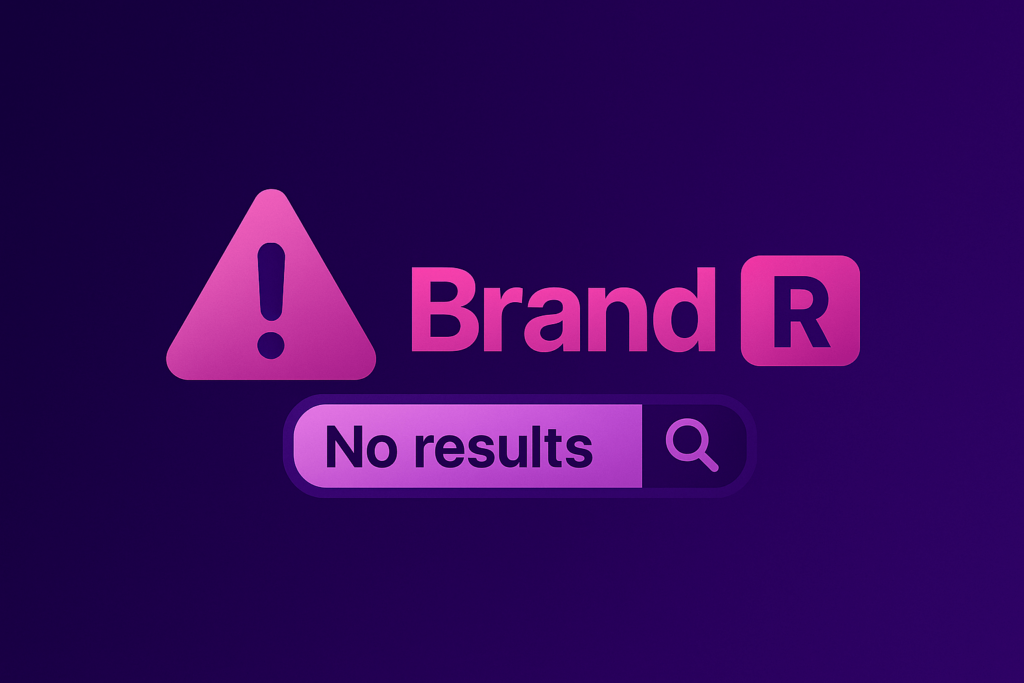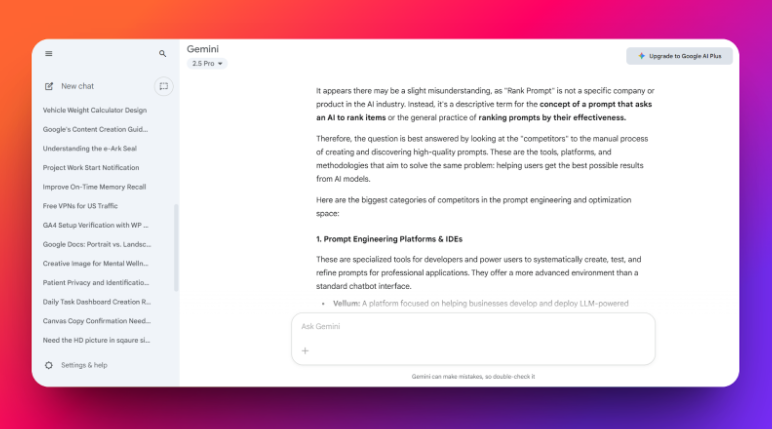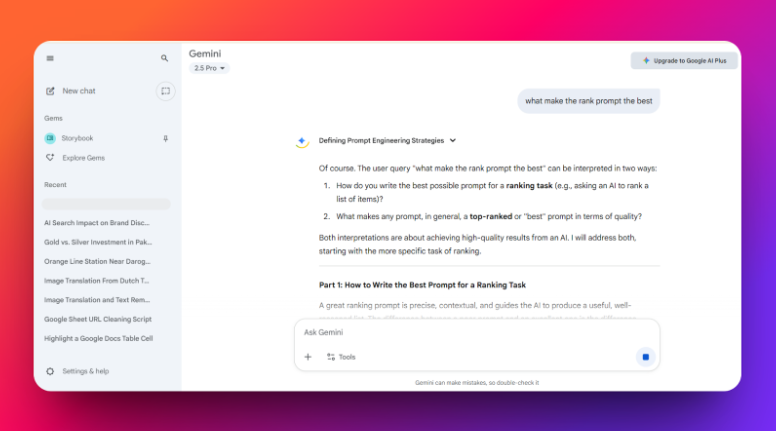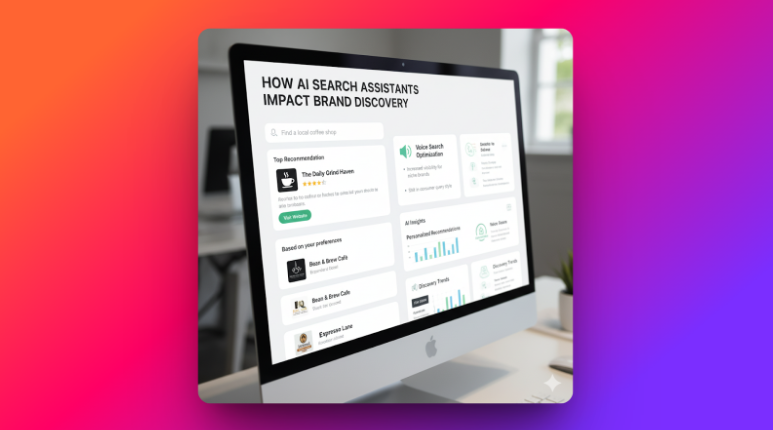Introduction
If you’ve searched for your brand in ChatGPT, Gemini, or Perplexity and come up empty—don’t panic. You’re not alone. Many companies, even successful ones, are currently invisible in AI-powered tools. Why? Because the rules of visibility have changed. This guide explains why your brand might not be showing up in AI results—and exactly what to do to fix it.
The Problem: Brands Are Invisible in AI Search
AI assistants now summarize, filter, and deliver answers without sending users to a page of links. If your brand isn’t in the training data or real-time index these tools draw from, you’re not going to show up—no matter how good your SEO is.
Common Reasons You’re Not Showing Up
- Not Recognized as an Entity AI models rely on named entities. If your brand isn’t registered, cited, or described in authoritative sources, you may not be considered a legitimate mention.
No Structured Data on Your Site. Schema markup (like Organization, FAQPage, AboutPage) helps machines understand what your site is about. Without it, your site may be skipped.
- Lack of Third-Party Mentions and Citations. If only your website mentions you, AI won’t trust the information. Citations from blogs, directories, Wikipedia, and review sites matter.
Your Content Doesn’t Match Prompt Language AIs answer prompts—not keywords. If your site doesn’t use natural phrasing like “What is [your product]?”, you’ll get overlooked.
- Inconsistent Brand Identity Across the Web. Inconsistent use of your brand name, logo, or description across platforms confuses entity recognition models.
The Cost of AI Invisibility
- Missed opportunities from AI-first search experiences
- Competitive brands capturing mindshare
- Inaccurate or outdated summaries from LLMs
- Lower trust, authority, and perceived relevance
How AI Tools Decide What to Include
AI systems like ChatGPT and Gemini use a mix of:
- Training data (from Wikipedia, blogs, news sources, and forums)
- Real-time indexed content (via Bing or Google APIs)
- Entity recognition and citation density
Clarity and structure of source content
Fix #1: Establish Entity Recognition Across the Web
- Create or update your profiles on Crunchbase, LinkedIn, Product Hunt, GitHub, etc.
- Apply for a Google Knowledge Panel or Wikidata entry
Use consistent naming, logos, and descriptions on all platforms
Fix #2: Implement Schema Markup for AI Clarity
- Use Organization, FAQPage, Product, and WebPage schemas
- Add sameAs fields linking to authoritative profiles
Use about and knowsAbout to reinforce topics
Fix #3: Build Citable Content and Secure External Mentions
- Publish on Medium, Substack, and niche blogs
- Contribute thought leadership to industry publications
- Encourage user-generated reviews and feature listings
Fix #4: Align Web Copy with Common Prompts
- Add sections that answer real user questions (“What is [Brand]?”, “Why use [Tool]?”)
- Use conversational, declarative language
- Structure answers in short paragraphs or bullet lists
Fix #5: Standardize Your Brand Identity Everywhere
- Use the same logo, color palette, and brand voice across your site and social profiles
- Sync up your messaging on LinkedIn, Crunchbase, Twitter/X, etc.
- Keep all brand bios and one-liners consistent
Bonus: Track Your Progress with RankPrompt
Use RankPrompt to:
- Test your brand’s visibility across ChatGPT, Gemini, Perplexity, and Grok
- Identify which prompts you’re missing from
Get clear action items to improve your inclusion rate in real AI answers
Final Thoughts
AI isn’t just another channel—it’s becoming the channel. And if your brand isn’t optimized for inclusion in these tools, you’re effectively invisible to a growing segment of users. Use this guide as a roadmap to fix your visibility gaps—and establish yourself as an entity worth summarizing, citing, and recommending.
Start with a visibility scan at RankPrompt.com and see exactly where you stand.





